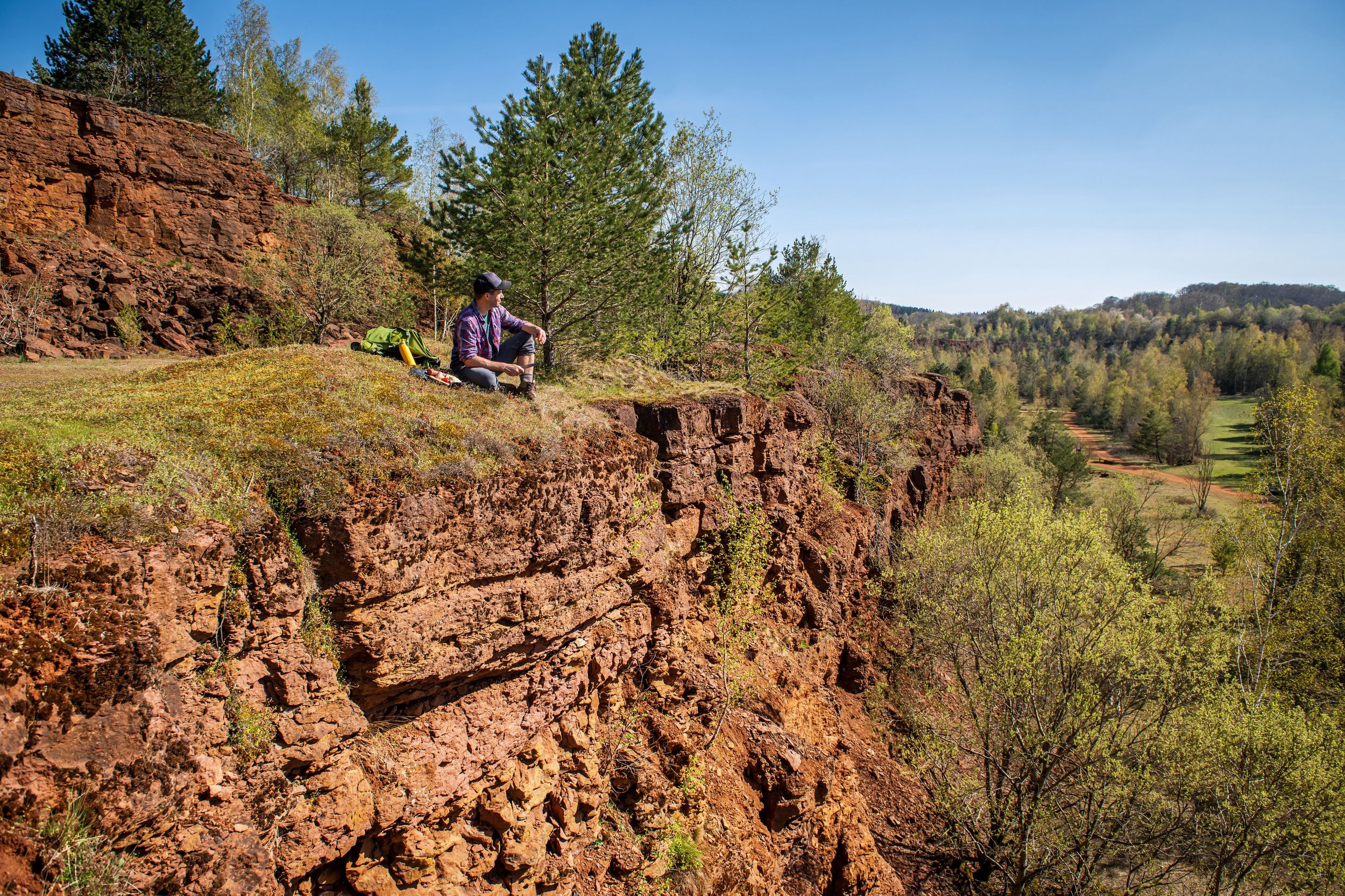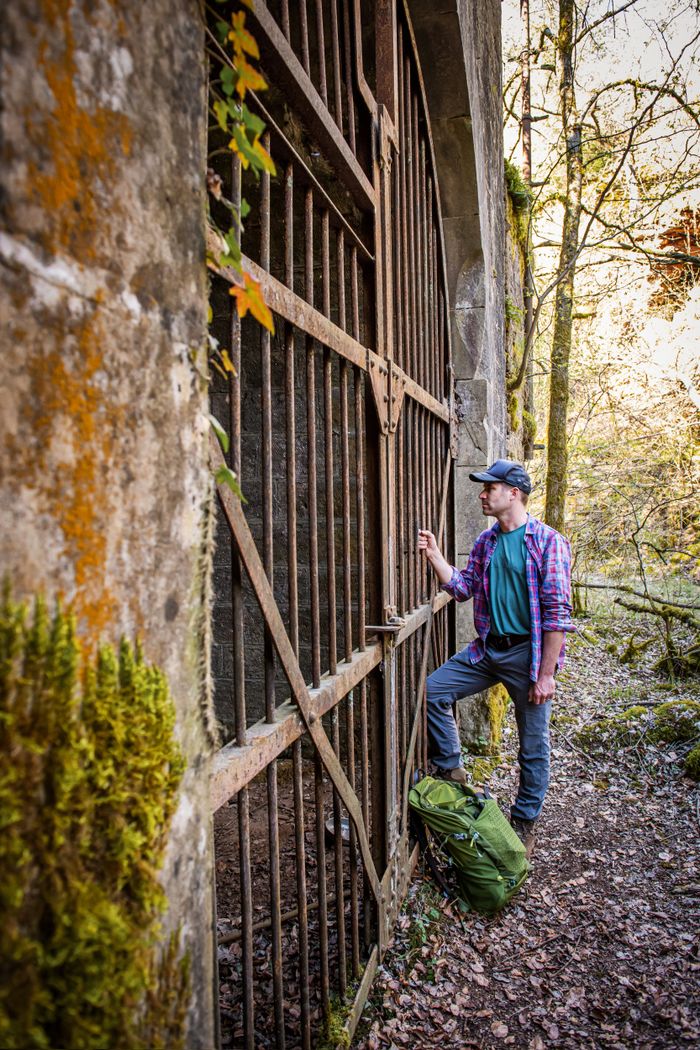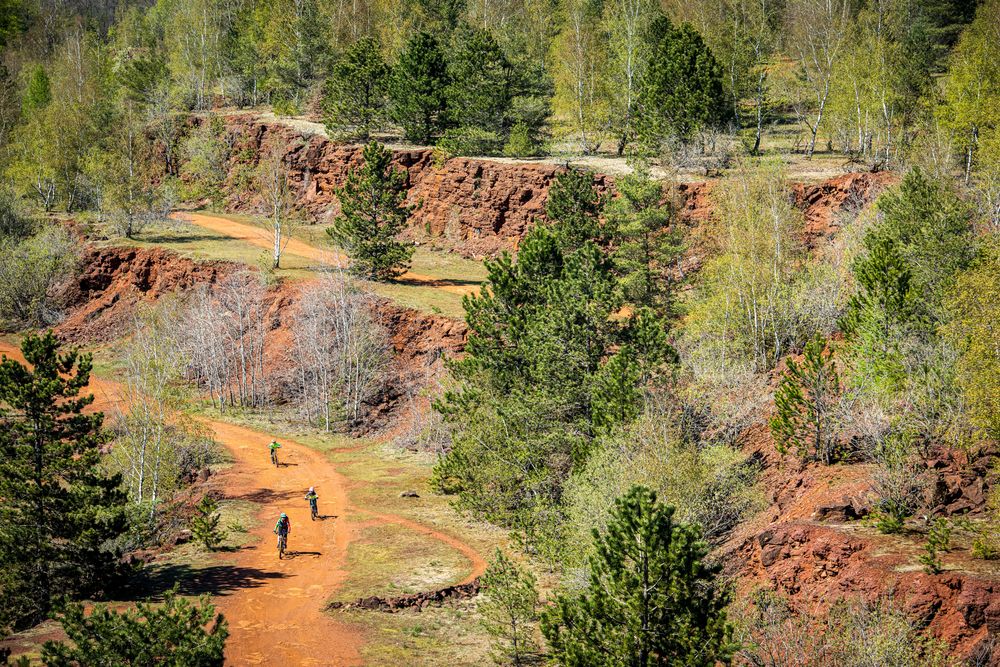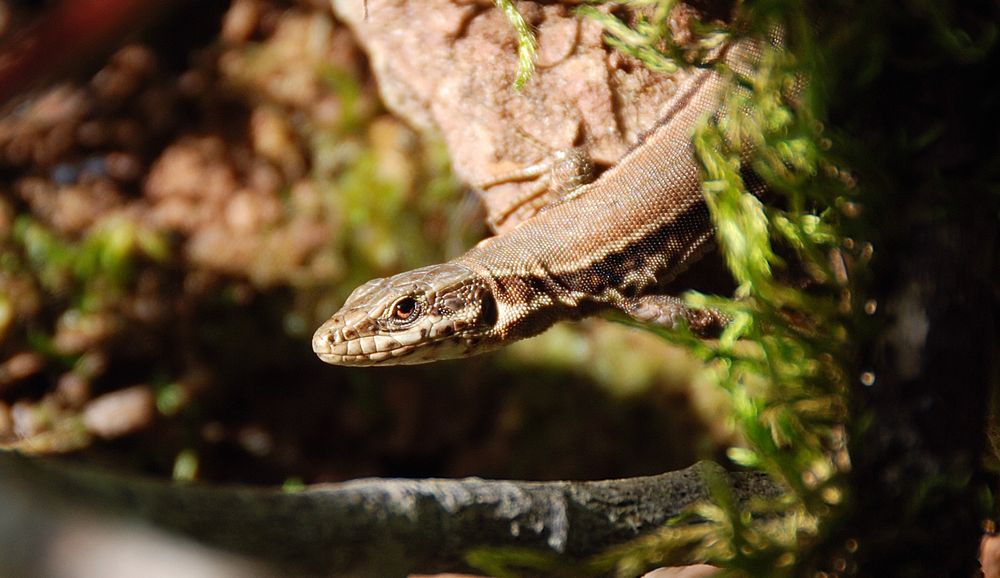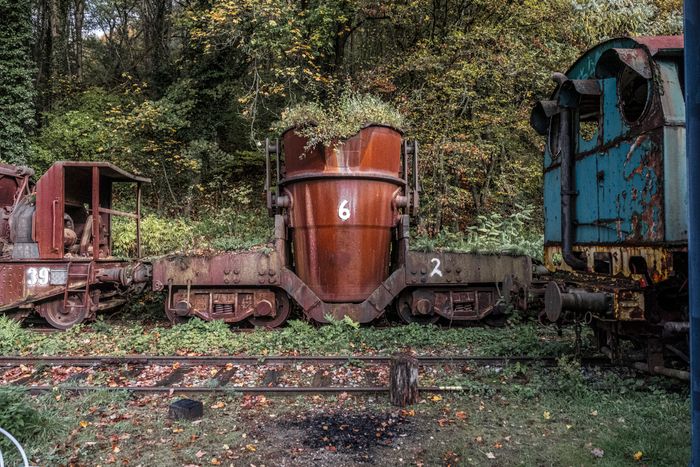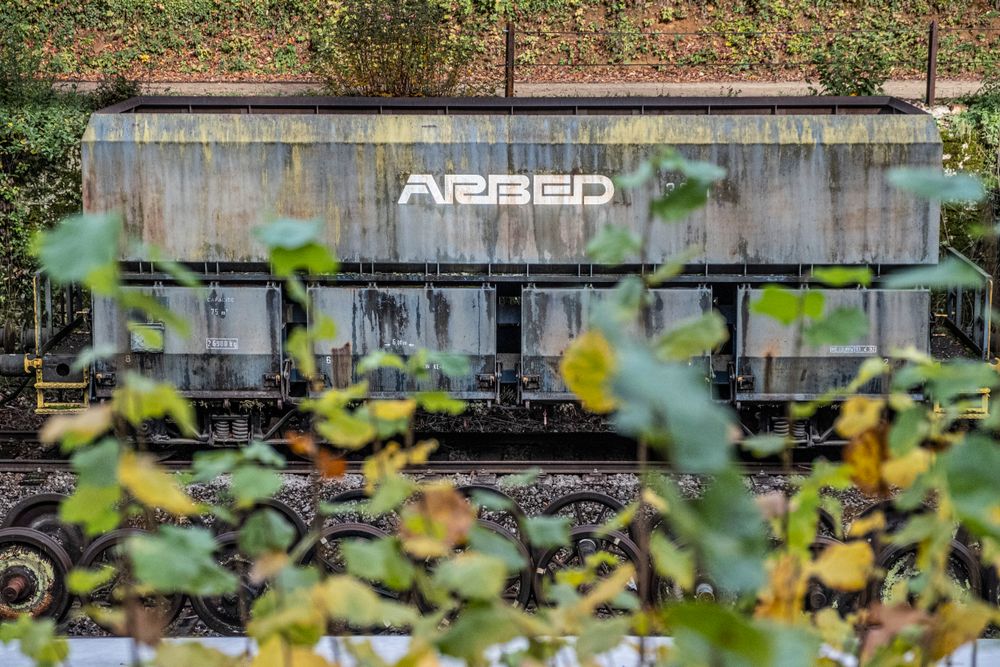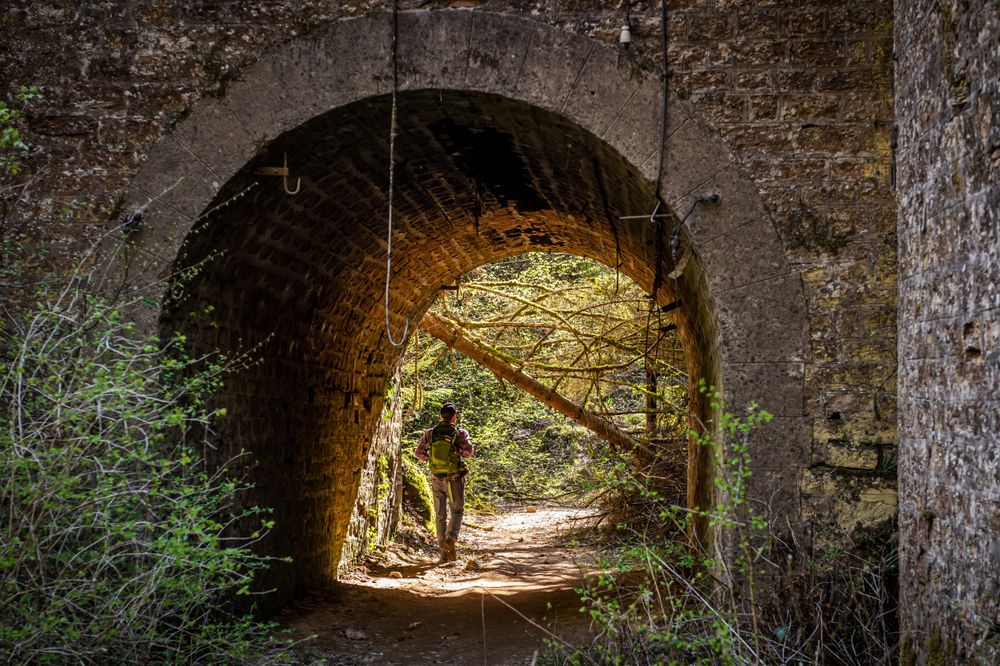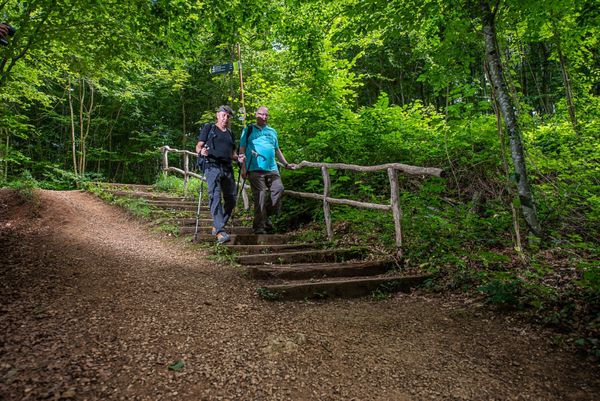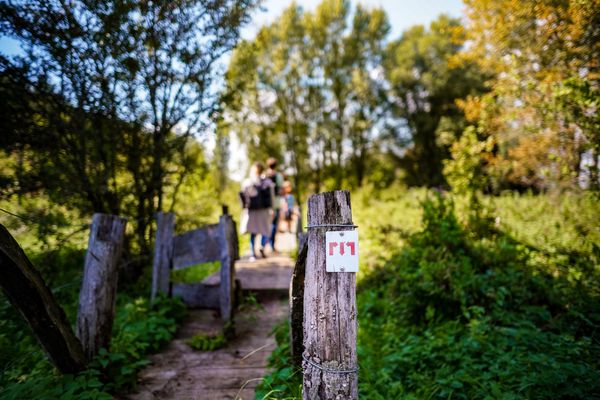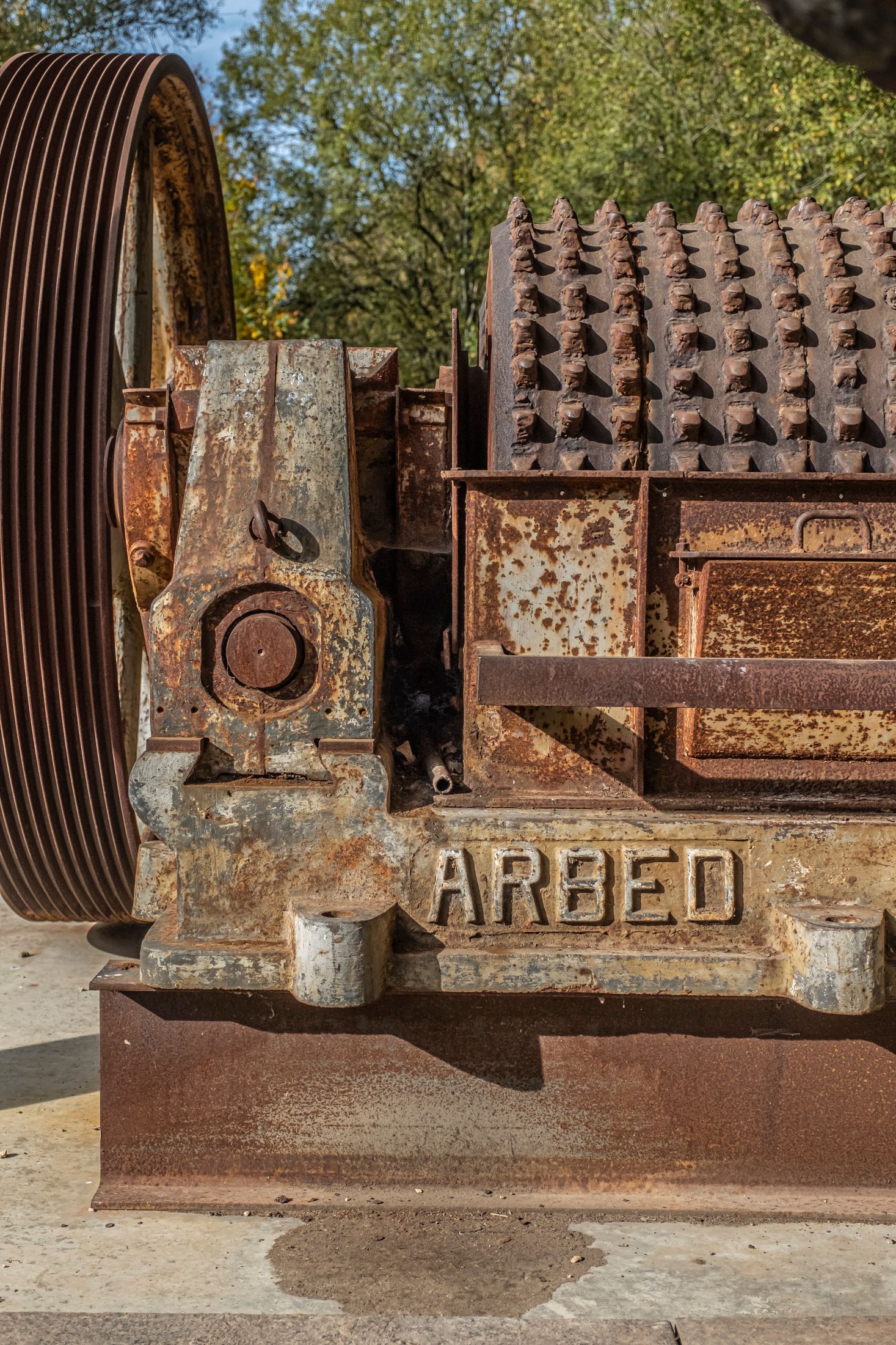Man and the Biosphere
In 2020, UNESCO recognised the Minett region as a biosphere reserve. The man-made and rewilded landscapes are truly extraordinary. Discovering them is a magical experience.
The trees have green beards! I feel like they’re about to talk to me. Clearly, I’m in Middle Earth. The dwarves in The Hobbit were miners, right? I would not be surprised to see one of them emerge from one of the many dark holes that appear in the rock formations every few feet.
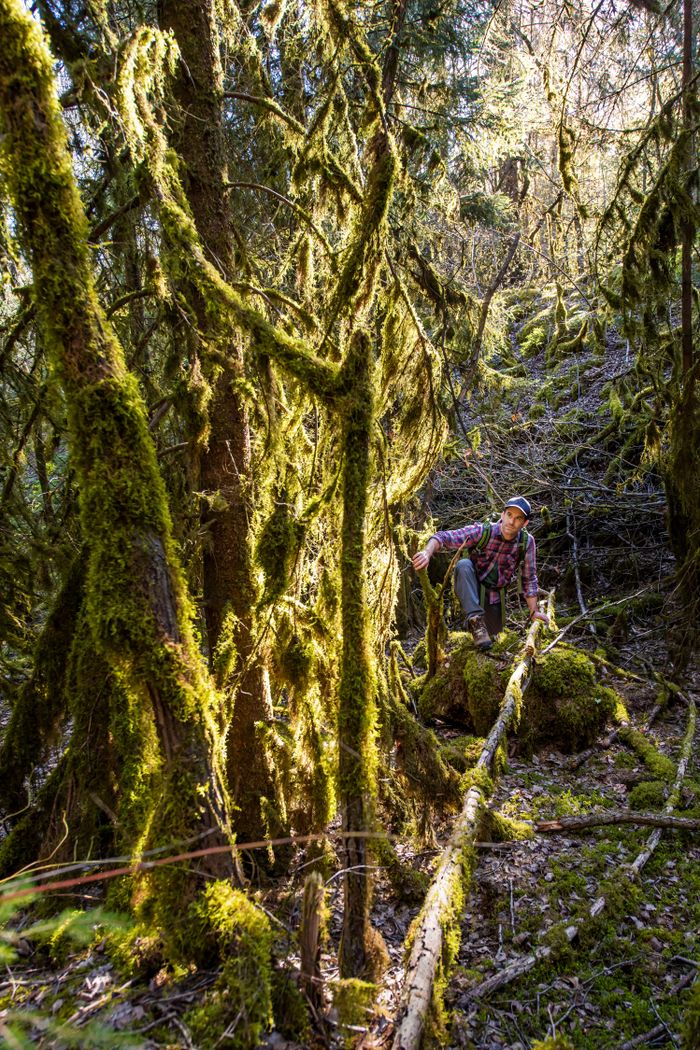
Perfectly framed and beautifully constructed mine entrances, mossy and overgrown, abandoned for years. If you stand right in front of them, the continual draught will give you goosebumps. Even before you approach the portal, there’s an eerie change in temperature. The gentle, humid and nippy breeze is evidence of the underground maze criss-crossing the region.
The cool humidity is likely also responsible for the tree beards. Green, mossy tufts dangle from the branches, lending the thin trunks a fantastical, mystical quality. Basically, Middle Earth. J.R.R. Tolkien would have been inspired.
